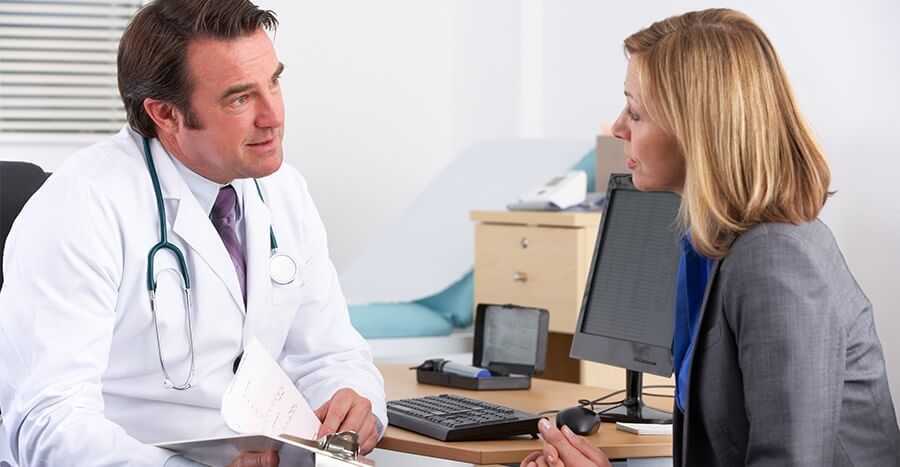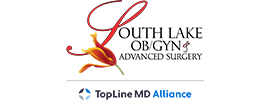Female Incontinence

Incontinence is not uncommon during pregnancy or as we age. It also can occur as a result of illness or diet, these usually pass fairly quickly. Incontinence can also occur in men but in females it’s two times as common and this is due to the structural differences of the urinary tract of females, pregnancy, childbirth and menopause. These issues can be temporary or long term.
Temporary incontinence can occur due to constipation, urinary tract infections or as a side effect of some medications. This stops once the cause is cut.
There are two major types of long term incontinence occurring in women.
- Stress incontinence.
This is the most common type of incontinence. This is caused due to conditions like obesity, pregnancy, childbirth, menopause and aging. When vagina, pelvic floor muscles and ligaments that support the bladder weaken due to the above reasons, the bladder moves down and presses against the vagina. Due to this the sphincter muscles which control the passage of urine becomes weak. As a result, urine is leaked in stressful conditions. (sneezing, exercise, coughing or even laughing)
This may worsen in the week prior to menstruation and during menopause due to lack of estrogen hormone, which lowers muscular pressure around the urethra.
- Urge incontinence.
The strong urge to pass urine, but the inability to “hold it” until reaching the restroom due to inappropriate bladder contractions is called urge incontinence. This urge may occur even if the content of urine in the bladder is small. Problems of the nervous system (Parkinson’s, Alzheimer’s, strokes, multiple sclerosis, or injuries to the spinal cord) can cause this. But most of the time the cause for urge incontinence is unknown. Diuretics, stress, uncontrolled diabetes, hyperthyroidism etc. may worsen this condition.
Some patients may pass urine upon the touch or sound of water, in sleep or after drinking water.
- Women showing both these symptoms are said to have mixed incontinence.
- Incontinence can be treated or controlled with behavioral remedies, medicine, injections, physiotherapy and surgery.

